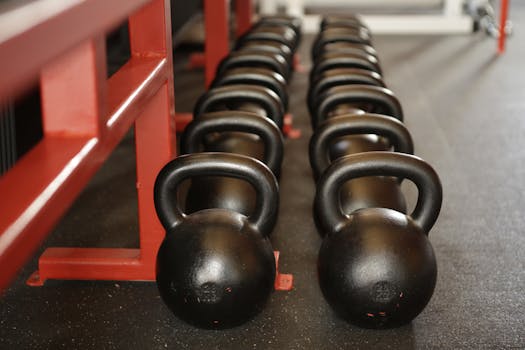Contact Us (720) 964-1335 or (901) 675-6125

Embarking on a weight loss journey often involves a combination of dietary changes, increased physical activity, and, for some, medications like GLP-1 receptor agonists (e.g., semaglutide). While these medications have proven effective in promoting significant weight loss, it’s crucial to consider the composition of the weight lost. Preserving muscle mass during weight reduction is vital for maintaining metabolic health, strength, and overall functionality. This article explores the relationship between GLP-1 medications and muscle mass, emphasizing strategies to ensure muscle preservation during weight loss.
Understanding GLP-1 Medications and Their Impact on Muscle Mass
GLP-1 receptor agonists, such as semaglutide, are medications that mimic the glucagon-like peptide-1 hormone, enhancing insulin secretion, slowing gastric emptying, and promoting satiety. These effects contribute to significant weight loss in individuals with obesity or type 2 diabetes. However, weight loss can comprise both fat and lean body mass, including muscle. Studies have shown that a portion of weight lost through GLP-1 therapies may involve lean mass reduction. For instance, research indicates that lean mass reductions can range from 25% to 39% of the total weight lost over periods of 36 to 72 weeks. (Wiley Online Library+2Drug Discovery Trends+2PubMed+2) & (Wiley Online Library+2The Lancet+2PubMed+2)
While the loss of some lean mass is common during weight loss, excessive muscle loss can negatively impact metabolic rate and physical strength. Therefore, implementing strategies to preserve muscle mass is essential for overall health and the sustainability of weight loss outcomes.(Drug Discovery Trends+6Wiley Online Library+6The Lancet+6)
The Importance of Preserving Muscle Mass
Muscle tissue plays a critical role in the body’s metabolism. It is metabolically active, meaning it burns calories even at rest. A higher muscle mass contributes to a higher basal metabolic rate (BMR), facilitating more effective weight management. Additionally, maintaining muscle mass supports physical strength, mobility, and overall quality of life. (atriushealth.org+2Vital Advanced Medical Center+2HOME+2)
Loss of muscle mass during weight reduction can lead to a decrease in BMR, making it more challenging to maintain weight loss and increasing the risk of weight regain. Furthermore, muscle loss can impair physical function and increase the risk of injuries. Therefore, preserving muscle mass is not only beneficial for metabolic health but also for maintaining physical independence and well-being. (atriushealth.org)
Strategies to Preserve Muscle Mass During Weight Loss
To mitigate muscle loss while using GLP-1 medications for weight loss, consider the following strategies:
- Adequate Protein Intake: Consuming sufficient protein is vital for muscle maintenance. Protein provides the necessary amino acids for muscle repair and growth. Aim for a protein intake of approximately 0.8 to 1.0 grams per kilogram of body weight daily. Distributing protein intake evenly across meals can enhance muscle protein synthesis. (Sauk Prairie Healthcare+1adelaidenow+1adelaidenow)
- Regular Resistance Training: Incorporating strength training exercises helps stimulate muscle growth and prevent muscle loss. Engaging in resistance training at least two to three times per week is recommended . Focus on major muscle groups, and progressively increase the intensity of workouts to continue challenging the muscles.
- Balanced Nutrient Intake: Ensure a well-rounded diet that includes adequate vitamins and minerals to support overall health and muscle function. Nutrients such as vitamin D, calcium, and omega-3 fatty acids play roles in muscle metabolism and should be included in the diet.
- Monitor Weight Loss Pace: Aim for a gradual weight loss of about 1 to 2 pounds per week. Rapid weight loss increases the likelihood of muscle loss . A slower rate of weight loss allows the body to adjust and helps preserve lean mass. (Wiley Online Library)
- Stay Hydrated: Proper hydration is essential for muscle function and overall health. Water plays a role in nutrient transport and muscle recovery processes.
- Consult Healthcare Professionals: Regular consultations with healthcare providers, including dietitians and fitness experts, can help tailor a weight loss plan that prioritizes muscle preservation. They can provide personalized recommendations based on individual health status and goals.
Conclusion
While GLP-1 medications are effective tools for weight loss, it’s important to adopt strategies that preserve muscle mass during the process. Adequate protein intake, regular resistance training, balanced nutrition, and a gradual approach to weight loss can help maintain muscle tissue, supporting metabolic health and physical function. At Ample Health & Wellness, we emphasize a holistic approach to weight management, ensuring that our clients achieve their goals safely and sustainably.

